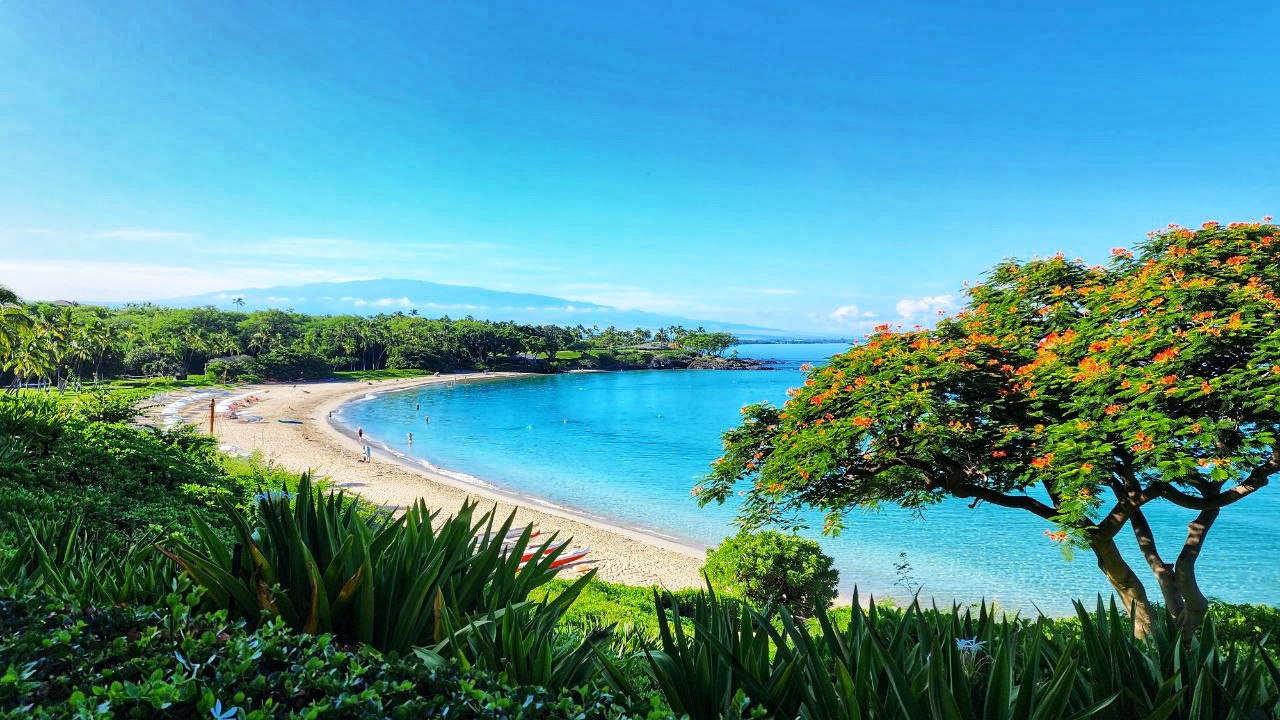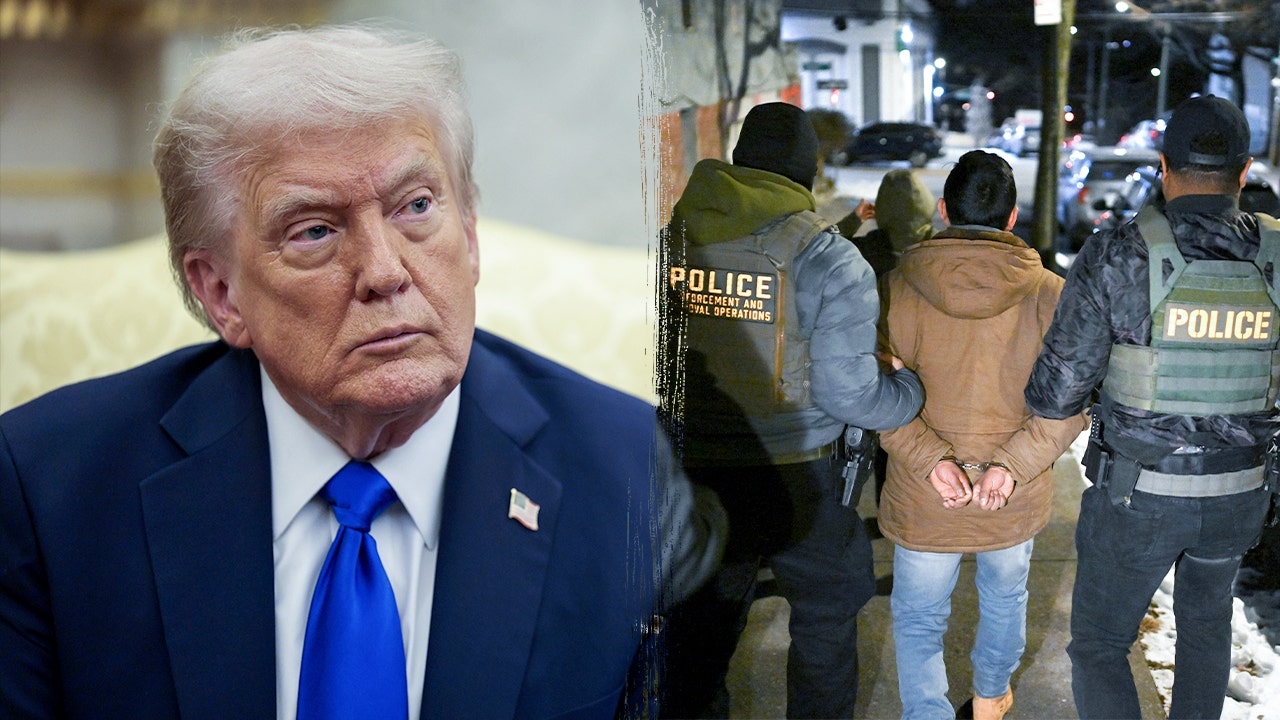Hawaii
Hawaii Lodging Taxes Could Hit 20% As New Fees Loom

Travelers to Hawaii may soon face higher lodging costs if Governor Josh Green’s latest legislative push succeeds. Proposed increases to the transient accommodations tax (TAT), alongside a new statewide green fee, aim to raise $500 million annually for climate change and wildfire mitigation—largely a cost to be borne by visitors.
The plan is said to be part of a broader response tied to the devastating August 2023 fires that destroyed Lahaina and claimed 102 lives. While versions of this idea have surfaced in past sessions even as the bills died in the legislature, this year’s push has gained some fresh urgency and traction.
What is the Hawaii accommodation tax, and what’s changing?
Hawaii’s current statewide TAT sits at 10.25%, with each county adding its own 3% surcharge. That brings the total accommodation tax to 13.25% before adding the 4.712% general excise tax. Altogether, lodging taxes have already approached 18%.
Senate Bill 1396 would increase the state TAT from 10.25% to 12% in 2026. With existing add-ons, total taxes on hotel rates could climb to nearly 20%.
Governor Green initially proposed a 1.7% increase but scaled it back to 1% after industry opposition. He called the new proposal a compromise.
“People will still come,” Green was quoted in a recent interview. “People are still coming in giant droves. I’m meeting the hotel industry halfway.”
How Hawaii compares to other destinations.
Hawaii already ranks among the highest in the U.S. for lodging taxes. Las Vegas, for example, imposes hotel taxes between 13% and 14%, while New York City adds just over 14%. Some international destinations, like Paris or Rome, charge the equivalent of only a few dollars per night as a flat fee.
These comparisons help, in part, explain growing traveler frustration. For many, Hawaii’s cost—especially for lodging—is starting to resemble European rates, often without the perceived value. Cynthia, a reader, commented on a recent Beat of Hawaii article, “We’ve started looking at Portugal instead. Flights are longer, but once we’re there, we spend less. And we aren’t nickeled and dimed like we are in Hawaii.”
Industry pushback grows louder.
The visitor industry remains skeptical of continued tax hikes, particularly when tourism remains in recovery mode. Critics argue that taxing visitors while simultaneously investing in tourism promotion sends mixed signals.
Some industry voices are now warning that visitors are growing wary—not just of pricing but also of the lack of clarity surrounding where the money goes. One hotel executive recently noted that without transparency and coordination, even well-intentioned measures could backfire. The concern isn’t just financial—it’s reputational.
Tom Yamachika of the Tax Foundation of Hawaii wrote: “We wonder if lawmakers aren’t thinking that the transient accommodations tax is like duct tape, in that it fixes everything.”
Several bills this session propose tapping into the same revenue stream. In addition to SB1396 and its near-identical counterpart HB1077, there is also still-active HB504, which suggests an unspecified TAT hike and an added $20-per-night charge for rooms booked through loyalty programs, such as when visitors use points or miles.
Industry groups warn that these combined efforts could overreach, creating a tax burden that deters repeat visitors and increases the appeal of competing destinations.
What is the green fee?
Governor Green’s original vision included a broad-based tourism climate fee, which is where the so-called green fee name came from. Variants of the idea include annual visitor climate licenses, per-entry charges to popular Hawaii state parks or beaches, or bundled fees tied to accommodations or even airfare.
So far, no single version has advanced. However, it remains a legislative possibility and could emerge as a companion measure to the TAT increase.
Other destinations have implemented similar programs, including Bhutan’s Sustainable Development Fee, which is $100 per night. Different models may influence Hawaii lawmakers as they refine details, and Beat of Hawaii is currently visiting and exploring destinations envisioning similar fees.
Hawaii residents pay, too.
Because interstate commerce laws prevent states from taxing out-of-state visitors differently, kamaaina (residents) will also feel the impact of the higher TAT. Governor Green has suggested a potential tax credit to offset the cost for residents, but no concrete plan has been finalized.
For now, residents booking staycations, visiting family or doctors, or attending events that require overnight stays would face the same tax hike.
How this could impact travelers.
These changes add to an already complex cost structure for visitors. That includes resort fees, parking charges, taxes, environmental fees, and rising nightly rates, which all combine to create sticker shock—especially for first-timers.
Fee fatigue is real. Between resort charges, cleaning fees, parking, and taxes—often layered and poorly explained—many travelers report a sense of distrust that wasn’t present in past years. That sentiment is beginning to show up in reduced stay lengths and shifting loyalty patterns.
These costs are leading some to modify Hawaii plans. Travel agencies report shorter stays, off-peak travel, and increased demand for budget options.
Will the legislation pass?
SB1396 is still alive but far from guaranteed to succeed. Similar bills failed to move forward in the past two legislative sessions. However, the Lahaina fire has shifted the political climate and placed renewed pressure on lawmakers to act.
Some argue that Hawaii’s dependence on tourism necessitates bold investment in climate resilience. Others worry that piling new taxes on visitors without transparency on how funds will be used risks undermining confidence and return travel.
The bill outlines two special funds—one for climate initiatives and one for economic revitalization—but offers few details about oversight or performance metrics.
The bigger question for Hawaii tourism.
As Hawaii grapples with balancing sustainability and affordability, travelers and residents alike will feel the impact of these proposed changes. Whether visitors are willing to pay more for vacations in paradise—and whether lawmakers can ensure the funds are used effectively—will shape the future success of Hawaii tourism.
Get Breaking Hawaii Travel News

Hawaii
After a Spider Bite, a Hiker in Hawaii Was Rescued by Helicopter

The hiker was reportedly walking the Na Pali Coast. Photo: Unsplash
A 57-year-old hiker in Kauai, Hawaii had to be airlifted via helicopter due to a “rapidly worsening infection” likely stemming from a spider bite. The hiker texted emergency services at 9:44 a.m. on October 29th explaining that he was experiencing fever and weakness and was unable to hike out under his own power.
The Kauai Fire Department responded and flew him to the town of Waimea on the southern part of the island where he was assessed and transferred to a local hospital.
The hiker was on the Kalalau Trail, a 20-mile trek along the remote Na Pali Coast. AllTrails describes the hike as going through lush jungle with incredible views of the Pacific Ocean and mountains.
It’s unclear if the hiker was bitten while on the trail or before commencing. According to the Hawaii Department of Health, there are two dangerous spiders whose bites could require medical attention on the islands: the southern black widow and the brown widow.
“The brown widow is a little smaller than the black widow and its venom is twice as potent as the black widow’s venom,” the site reads. “However, the brown widows don’t inject as much venom and are generally less aggressive in defending their webs.”
There has been no update on the condition of the rescued hiker.
Hawaii
Foodbank aid to families impacted by federal shutdown reaches capacity

HONOLULU (HawaiiNewsNow) – The Hawaii Foodbank will host a food drive on Monday for families affected by the federal government shutdown, but registration has already filled up.
The foodbank said the Government Shutdown Relief Food Distribution will take place on Monday from 9 to 11 a.m. at the Waipio Soccer Complex.
The foodbank said households must meet one of the following eligibility requirements:
- Currently receiving benefits from the Supplemental Nutrition Assistance Program (SNAP)
- Experiencing loss of wages due to furlough (federal government employees only)
- Experiencing loss of employment (federal government employees only)
- Meeting income eligibility guidelines for assistance through the Emergency Food Assistance Program
The foodbank said that income eligibility requirements include:
| Household/Family Size | Annual Income equal to or less than: |
|---|---|
| 1 | $53,970 |
| 2 | $72,960 |
| 3 | 91,950 |
| 4 | 110,940 |
| 5 | 129,930 |
| 6 | 148,920 |
| 7 | 167,910 |
| 8 | 186,900 |
The foodbank said that households and families larger than eight should add $18,900 for each additional person.
Advanced registration for Monday’s food distribution was required.
As of 4:20 p.m., the Hawaii Foodbank said Monday’s event at the Waipio Soccer Complex is full.
Click here for more information on other food distribution events and additional resources.
PREVIOUS COVERAGE
Copyright 2025 Hawaii News Now. All rights reserved.
Hawaii
Life of a beloved kumu hula celebrated on Kauai in a fond farewell

LIHUE (HawaiiNewsNow) – Hula, memories and aloha filled the Kilohana Plantation grounds Saturday as hundreds turned out to honor the life of Jonelle Marie Leināʻala Pavao-Jardin.
She died on Oct. 4 at the age of 51 after a 15-month battle with pancreatic cancer.
“I knew my mom was such an amazing person, but she lived such a humble, humble life, so truly I didn’t know what to expect today, how many people would be here, but it’s felt so nice,” said her daughter, Jeslie Pavao.
As kumu hula for the award-winning Hālau Ka Lei Mokihana O Leināʻala, she touched countless lives over her nearly 30 years of teaching hula.
Generations of her dancers took the stage one last time for their kumu at her celebration of life.
“She was always kind. Even when we were dancing together with Kumu Ray, she was always funny, so much fun to be around. Just her spirit. She was always light. She was always so easy to get along with,” said Keano Kaupu, longtime friend and kumu hula of Hālau Hiʻiakaināmakalehua.
The celebration not only honored her life and rich legacy of hula, and highlighted her very strong sense of faith in that got her through so many of life’s challenges.
Daughter Jeslie said, “I went back to medical school two days after my mom passed. They asked me how I’ve done it and it’s really because of my faith in God and if I didn’t have my faith, I wouldn’t be OK and that truly comes from my mom and how she raised us to just trust Ke Akua, love him and follow his journey for us.”
Musician and longtime friend Ikaika Blackburn said, “She grew up surrounded by the warmth of her close-knit family where her parents instilled in her the values of love, kindness, generosity, and resilience that she carried with her and shared with each of us throughout her life.”
“That phrase, live like Leināʻala, so true. If you think of life like that, you going be happy,” said Kumu Keano.
As Kauai mourns the loss of her physical presence, they says her spirit will live on forever through the heart of the halau, now led by her daughter, Kumu Breeze Pavao.
Kumu Leināʻala leaves behind her husband, Sean, daughters Breeze and Jeslie, and son Napali.
PREVIOUS STORIES
Copyright 2025 Hawaii News Now. All rights reserved.
-

 Milwaukee, WI6 days ago
Milwaukee, WI6 days agoLongtime anchor Shannon Sims is leaving Milwaukee’s WTMJ-TV (Channel 4)
-

 News7 days ago
News7 days agoWith food stamps set to dry up Nov. 1, SNAP recipients say they fear what’s next
-

 Alabama1 week ago
Alabama1 week agoHow did former Alabama basketball star Mark Sears do in NBA debut with Milwaukee Bucks?
-

 News1 week ago
News1 week ago1 dead, 6 injured in shooting at Lincoln University homecoming festivities
-

 Austin, TX1 week ago
Austin, TX1 week agoDia De Los Muertos Austin: Parades, Altars & Events
-

 Culture5 days ago
Culture5 days agoVideo: Dissecting Three Stephen King Adaptations
-

 Seattle, WA6 days ago
Seattle, WA6 days agoFOX 13’s Aaron Levine wins back-to-back Jeopardy! episodes
-

 Culture1 week ago
Culture1 week agoVideo: Tyler Mitchell Breaks Down Three Photos From His New Book



















